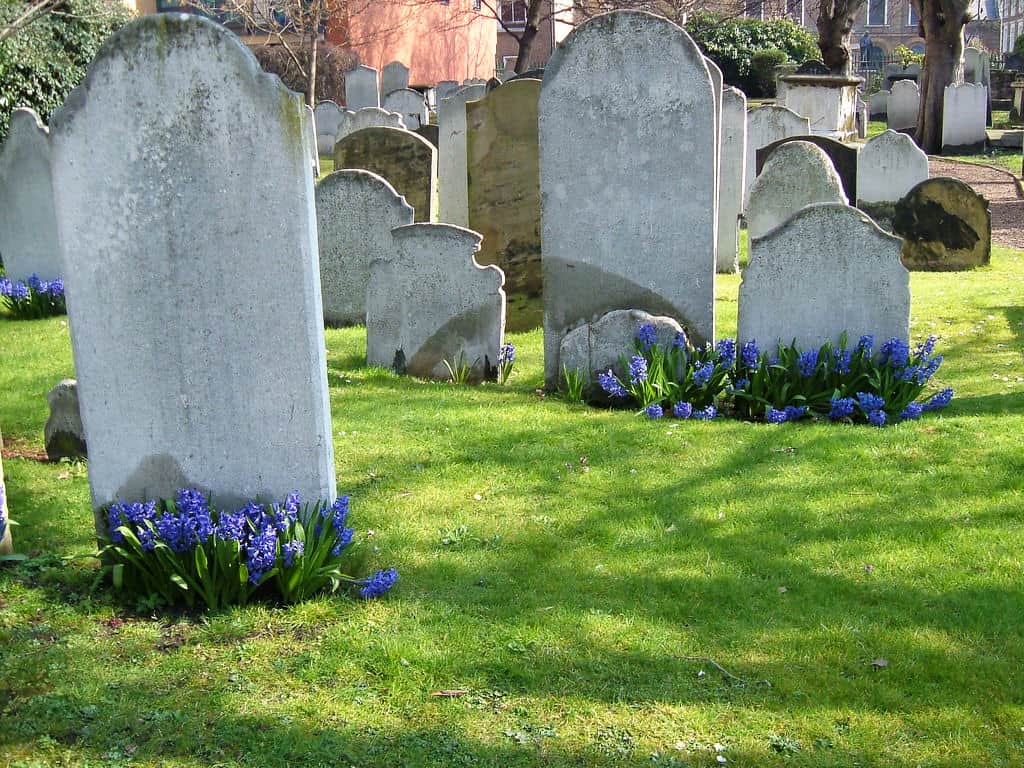What Is a Traditional Ground Burial?
Here at Newrest Funerals, we handle all sorts of burial arrangements. So, no matter what sort of burial service you would like for your loved one, we will be able to assist with its planning. We also deal with many of the frequently asked questions that people have about funerals – both burials and cremations. Among these common questions is what is involved with a traditional ground burial. If that is something you have been asking yourself, then read on or give us a call to discuss all of the available funeral options in the UK with us in greater detail. Our small but compassionate and expert team are ready to take your call.

What Are Ground Burials?
The term ground burial covers most of the sorts of burial funerals that take place in the UK today. In other words, in most cases ‘burial’ and ‘ground burial’ essentially mean the same thing. The reason there is a distinction, however, is that not all burials take place in the ground. Also known as inhumations or interments, burials can also take place at sea, for example. This is a type of burial we can arrange for you at Newrest Funerals but it isn’t a ground burial because, to put it simply, no grave will be dug.
Bear in mind also that some burials take place in mausolea. Although some grand estates have mausolea in which coffins and caskets bearing deceased family members are placed, this is not a common practice in the UK. Although such interments are usually referred to as burials, too, they don’t involve the digging of a grave and are consequently not true ground burials.
What Makes a Ground Burial Traditional?
Now you know what makes a ground burial distinct from other types of burial, it is simpler to explain what a traditional ground burial is. In the funeral industry, the word traditional gets used for all sorts of aspects of funeral services – such as a traditional undertaker’s garb or traditional hymns, for example – but when it comes to burials, the word traditional means a plot that can accommodate a full-length headstone. These typically lie flat or at a slight angle over the burial plot.
On the other hand, a burial plot with a simple grave marker or upright gravestone is known as a lawned grave. This is because, once the grave has been filled in, grass will grow over it. As such, a traditional ground burial is a term used to distinguish the two types of graves rather than the sort of service that will take place. Note too, that eco-burial plots in which vertically arranged coffins or mushroom suits might be placed are also distinct from traditional graves.
Where Can Traditional Ground Burials Take Place?
In the main, traditional ground burials in the UK take place on consecrated ground, usually a church graveyard, or a council-run cemetery. It is also possible to have a ground burial on private ground but certain rules will apply and permission must be sought beforehand. Indeed, planning consent may be needed for certain types of memorials. Again, this is all information we can share with you if you call us here at Newrest Funerals for our tailored advice.


